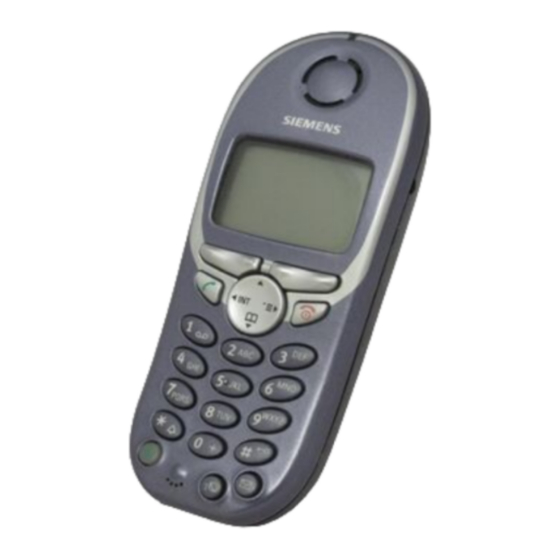
Siemens HiPath 3000 Operating Instructions Manual
Hide thumbs
Also See for HiPath 3000:
- Service manual (1144 pages) ,
- Operating instruction (176 pages) ,
- User manual (165 pages)














Need help?
Do you have a question about the HiPath 3000 and is the answer not in the manual?
Questions and answers